How do you know if your customer success team’s initiatives are truly working and which of them are not? Identifying appropriate metrics and key performance indicators (KPIs) from the get-go will help your high-touch customer success team work more efficiently because the goals are clear-cut and measurable.
When it comes to setting Customer Success metrics, it’s never solely about the results (or whether a customer has, indeed, stayed on or churned). KPIs are also about the journey, or how the team operates to reach the goal. By establishing KPIs that cover the initiatives, your company can immediately see where the weak points are so that you don’t waste any more time and resources going down the wrong path.
For this blog, we interviewed Mike Sasaki, the vice president, and global head of Customer Success and Support at Mitek Systems, for his insights on customer success metrics. He also shared how his team at Mitek handles Customer Success for high-touch customers, and the KPIs they use to improve team performance and reduce churn.
How do you select Customer Success KPIs in a high-touch environment?! Read on to find out.
High Touch vs. Low Touch Customer Success
To fully understand what high touch Customer Success is, we have to first define it and how it differs from low touch Customer Success.
A high-touch customer success model involves frequent touchpoints with customers about the entire SaaS journey, from onboarding to after-sales activities. Simply put, the more human interaction a Customer Success manager does with a customer, the more high—touch the relationship is. On the contrary, a low-touch customer success model is one that involves little to zero human contact with customers during the post-sale phases.
An example of a typical high-touch model is when the company assigns a dedicated customer success specialist who’s always available for meetings, calls, and other exchanges. Meanwhile, a lower touch model would involve interacting on a just-in-time and as-needed approach, frequently supplemented with one-to-many initiatives such as online chat, support, etc.
Now that we have differentiated high touch from low touch, let’s go back to Mike Sasaki’s insights on customer success metrics for high-touch customers.
Customer Success KPIs in High Touch
In a high-touch enablement model, a good way to measure your Customer Success efficacy is by using lagging indicators, which are the long-term effects of an event that happened in the past. For example, conducting business reviews is expected to result in an increase in upsell revenues (See Expansion Revenues KPI example below). Lagging indicators also manifest patterns.
In the Customer Success realm, another common example of a lagging indicator is churn rate, which reflects how many of a company’s customers have decided to cancel their subscription during a certain period. If a company experiences a high churn rate, that should trigger alarm bells that something in the Customer Success strategy should be changed.
Mike Sasaki identifies four lagging indicators that his team tracks as part of their Customer Success KPIs for high-touch strategies, and we define each one here:
Gross revenue retention (GRR)
GRR reflects how successful your company is with retaining customers. The rate ranges from 0% to 100%, and the closer your GRR is to 100%, the more attractive you are to investors. In discussing GRR, you also have to bring up NRR (net revenue retention), which is essentially the same only that it presents a broader snapshot of your company’s health.
Expansion Revenues rate
Also known as Upsell Revenues rate, this is a percentage that indicates how much revenue resulted from existing customers opting into additional products or services over a specific time period. For the purpose of this discussion, we related the expansion revenues rate to the amount of upsell or cross-sell revenues.
Gross Churn
Also referred to as the Churn Revenues, churn measures the revenue your existing customers decided to opt out of over a specific period. This will typically include downsell/downgrades as well as full contract cancellations.
To determine company health, your upsell and cross-sell revenues (total amount resulting from expansion deals) should offset your gross churn to ensure a high NRR (Net Retention Rate).
Sasaki points out that churn should be assessed in terms of revenue. While your company might not be losing customer numbers, your revenue might have contracted due to low engagement and downgrades.
Net promoter score (NPS)
Mike Sasaki fiercely advocates for the use of NPS scope as a key performance indicator for high-touch customer success teams. The NPS score is a metric that comes in the form of a single question that generally asks a respondent about whether or not they would recommend the product or service to others. The answers are scored on a 0 to 10 scale and are classified as follows:
- 0 to 6: Detractors (unhappy customers, perceived as high rate of churn)
- 7 to 8: Passives (might defect if they find a competitor attractive)
- 9 to 10: Promoters (likely to stay on and increase their investment in your solutions; mostly account for 80% of referrals)
The NPS is the difference between the promoters and the detractors.
A good study to mention at this point is the Walker research on customer behavior in 2020, which emphasized the importance of speed, ease, and personalization to renewal and retention and in ensuring that the company meets customer expectations.
Tracking Team Performance
As a Customer Success team leader, Sasaki uses two of the above metrics in his period employee reviews:
- NPS Response Rate (or the number of customers who actually responded to NPS surveys): A high response rate means that the Customer Success specialist has a positive relationship with the customer.
- Customer Health: The health score is designed to gauge how often his Customer Success specialists succeed at turning red flags into green strategies as a measure of their performance.
 Other Customer Success Metrics to Consider
Other Customer Success Metrics to Consider
Sasaki recommends considering additional Customer Success KPIs:
- Gross Retention Rate (GRR): This metric demonstrates how many of your customers are renewing, which is partially an indication of the value your customer success helped deliver.
- Net Retention Rate (NRR): This metric represents your company’s financial health, excluding new customer revenues. Use this metric as a lagging indicator that should increase the more your Customer Success team is proactive and effective in retaining customers.
- Average Time to First Value: measures the length of time it takes for Customer Success teams to deliver an initial business value to customers (measured from the start of the onboarding process). This is a leading indicator of your onboarding process’ efficacy.
- Advocacy Activity: the number of advocacy initiatives that your Customer Success team drove, like reviews, referrals, and case studies, over a certain period. This is a leading indicator of the cross-functional value your team brings to your company.
Useful Programs for Setting Customer Success KPIs
To help you get started in identifying and setting Customer Success KPIs for your own team, Sasaki mentioned some of the tools that his team uses.
- Tableau: This program provides visualizations to better manage or monitor transactions and consumption per customer or in aggregate.
- Strikedeck: This software helps manage the views of customers and the company’s overall health. It also allows you to drill down into the individual customer’s needs.
- Salesforce CRM: This customer relationship management tool can be customized to cater to Customer Success teams’ needs.
Software and Tools To Track Customer Success Metrics
Extra care is given to high-touch customers who require more handholding and attention. To succeed at delivering this level of service, Customer Success teams should be mindful of how long they take to perform each step in the customer’s onboarding journey.
For Mitek, the process includes the following activities Handoff, Kickoff and Planning, Training, Development and Integration, Testing, Deployment, Production Volume, and Success in Production. This can, of course, be tailored to your company’s dynamic and specific needs. The point is to have a system where your own Customer Success team can refer back to and identify where bottlenecks lie.
How to Improve your Team’s performance KPI trends
Sasaki recommends asking yourself the following questions
- Do your Customer Success managers have all the materials and resources they need to go forward?
- Do they have solid presentation skills?
- How do they communicate with customers?
These questions are important to identify to ensure that all resources are optimized, weak points are identified and addressed, and no time is wasted.
Need Help in Setting Customer Success KPIs for Your Team? CSM Practice Can Help
CSM Practice exists to help companies reach their goals and maximize their potential. We provide assistance in building Customer Success Strategies and Systems for your team, as well as ways to ensure customer renewal and retention. We create solid and relevant solutions that are tailored to your business, provide expert advice, and offer training so that your team is fully equipped to achieve targets for the company and for your customers.
Get in touch with CSM Practice to learn more about our services and how we can help you grow.

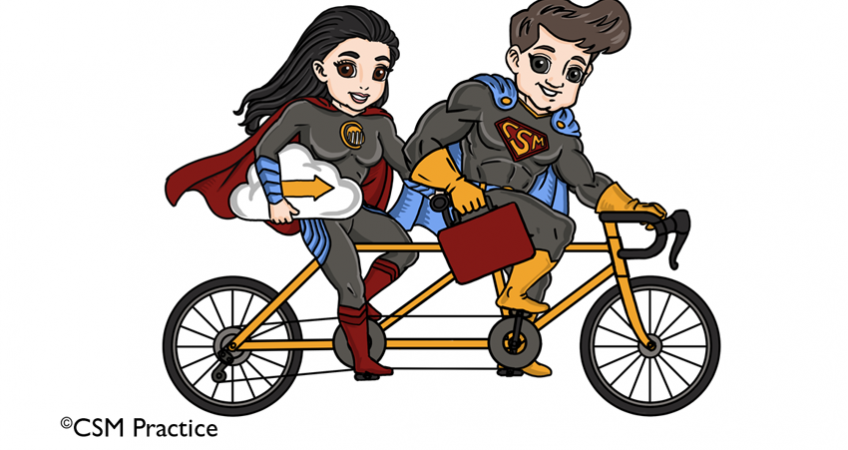
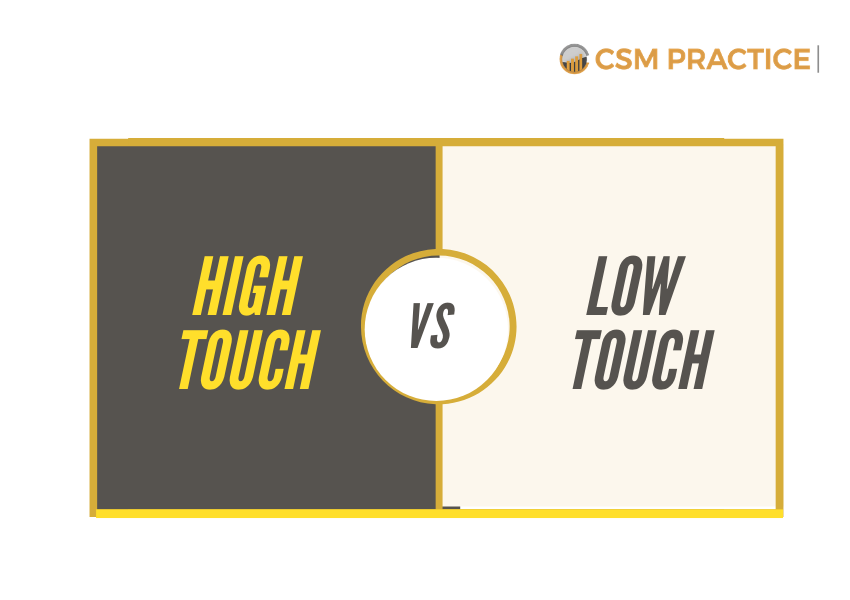
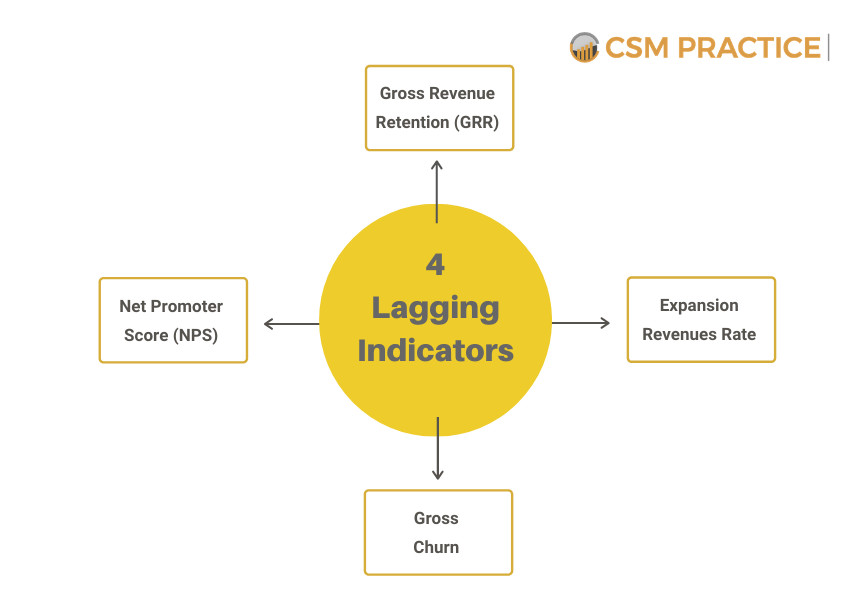
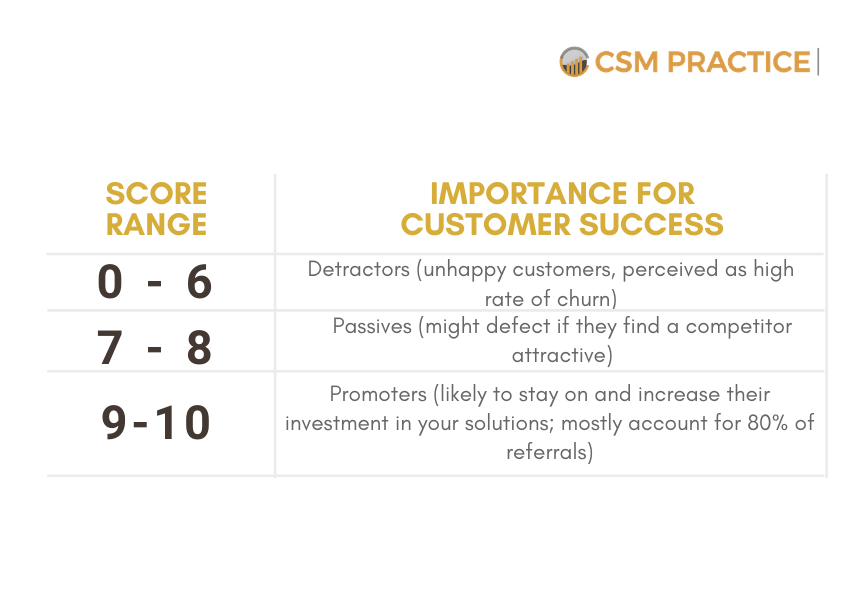
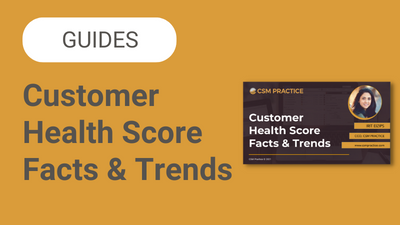
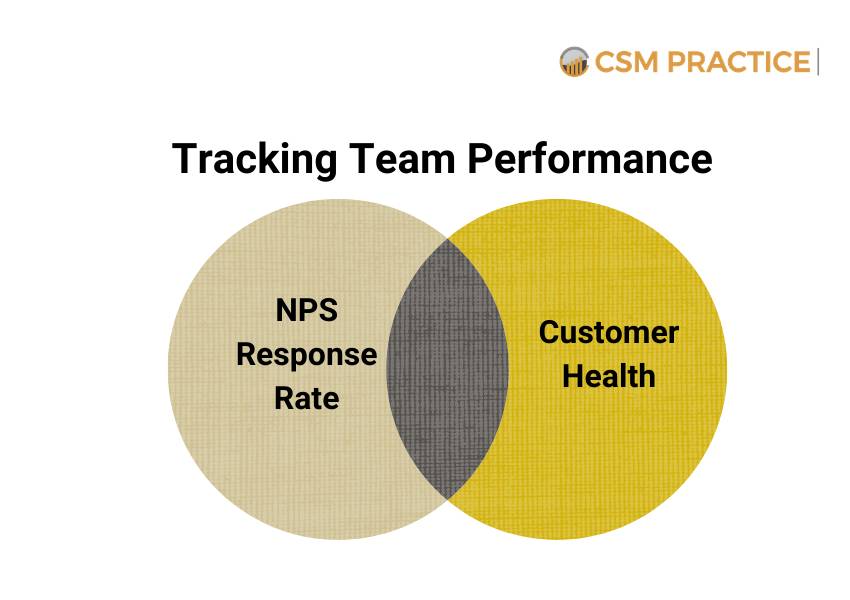 Other Customer Success Metrics to Consider
Other Customer Success Metrics to Consider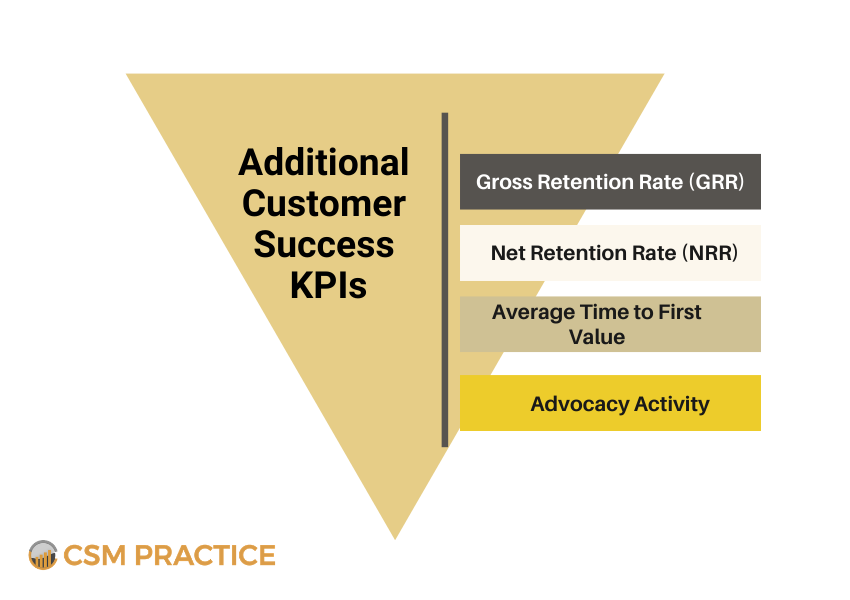
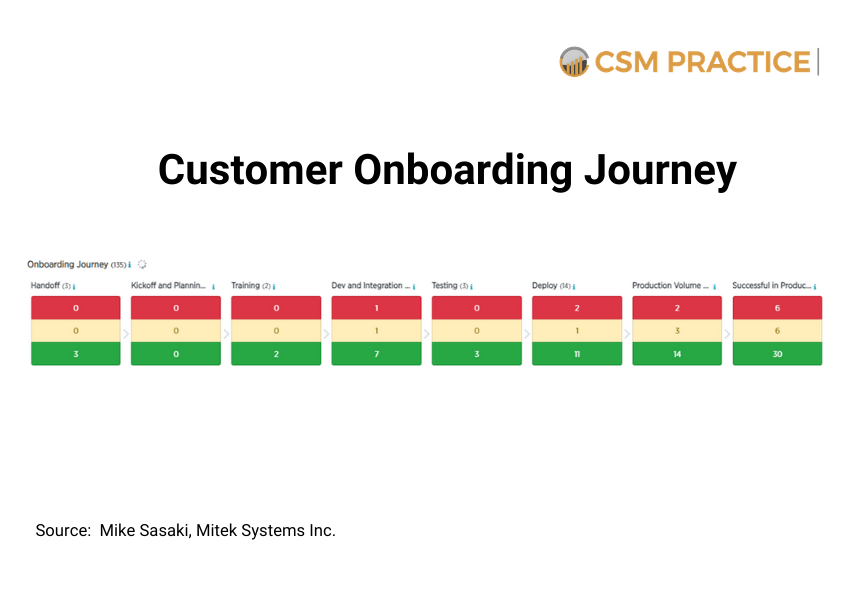
June 18, 2021
[…] 4 Customer Success KPIs Every High Touch SaaS Company Should Track– Discover which (KPIs) from the get-go will help your high touch Customer Success team work more efficiently. […]
June 22, 2021
[…] 4 Customer Success KPIs Every High Touch SaaS Company Should Track– Discover which (KPIs) from the get-go will help your high touch Customer Success team work more efficiently. […]
September 15, 2021
[…] 4 Customer Success KPIs Every High Touch SaaS Company Should Track– Discover which (KPIs) from the get-go will help your high touch Customer Success team work more efficiently. […]
September 15, 2021
[…] 4 Customer Success KPIs Every High Touch SaaS Company Should Track– Discover which (KPIs) from the get-go will help your high touch Customer Success team work more efficiently. […]
August 28, 2023
[…] CSM Practice: 4 KPIs Every High-Touch SaaS Company Should Track […]